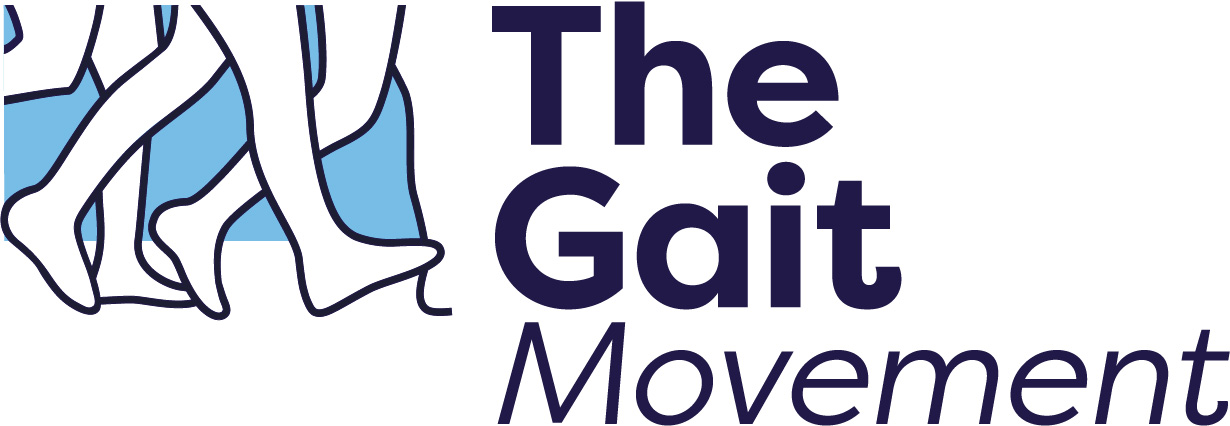Since graduating uni, have you always felt a lack of confidence in performing gait analysis on your clients? Do people refer to you, because you are supposed to be an “expert” in this area, but really you are internally screaming “No I’m not! Why me?!”? Are you confused as to why you don’t understand how to pick up details and tell a clinical story just from watching someone walk? Have Senior Mentors told you to “just watch every client walk or watch them people in the shopping mall, you’ll learn from time and experience”? Wouldn’t it have been nice to have a framework to simplify gait analysis?
You are not alone!
As a new graduate or a young clinician you are not expected to know all this and many young clinicians suffer with anxiety around performing gait analysis in clinic.
A disconnect between our studies, and our practice?
Undergraduate studies seem to provide the bare minimum to get us started.
Some courses may go through gait analysis, and show you how to identify certain aspects such as: this is a trendelenburg pattern, early heel lift, abductory twist, etc. However they don’t always go into the “why” and the “how” these things happen, and most importantly “what” to do about it to help your patient.
Some courses don’t cover how muscles function differently in weight bearing versus non-weightbearing, or they glaze over it and don’t give it the attention it deserves. This is a real gap in our learning seeing as most textbooks that you read at university will describe muscle function in a non-weightbearing sense, so students are set on rote-learning the non-weightbearing function out of a textbook for their written exams. They might not have even considered that muscles could have a different function in weightbearing. This is part of the problem, the reason they can’t then break down why certain patterns occur in gait.
And some Musculoskeletal Allied Health courses don’t even teach gait analysis at all! Crazy!
A Backwards System
Typically, new graduates tend to start their biomechanical assessment with a number of non-weightbearing biomechanical tests on clients without clear reasoning for the volume of tests, in the hope of finding an answer.
Few tests learnt in undergraduate studies are in weightbearing – which is bizarre seeing as most injuries occur while weightbearing in movement! Shouldn’t we be looking at how the client moves?
Wouldn’t it make more sense if we had been taught things in the way they actually happen in real life?
Whether you are a Podiatrist, an Exercise Physiologist, a Physio or a Biomechanist – we hear you, and we get you!
A Framework to Simplify Gait Analysis does exist!
We feel there is a more practical and clinically applicable way to approach learning gait analysis. We have developed a framework to demystify the complexity of gait analysis and giving you a systematic approach to break things down.
We recommend watching your clients walk FIRST to identify their gait patterns; then use functional weightbearing tests which will magnify what you’ve seen in their gait; then using the results from these functional tests to decide what further, more specific and relevant tests to conduct on the plinth for the individual client – ie tailoring your assessment to the client and reducing the volume of tests you need to complete in a limited appointment timeframe. This will improve your efficiency in biomechanical appointments and more importantly your confidence and enjoyment for biomechanics.
Your clients will finally be saying to you “OMG you got all that, just from watching me walk?!”. And whether you puff your chest or blush and laugh, it’s a pretty good feeling to be amazing in other people’s eyes and to go home feeling proud of your work for the day – rather than stressing and over-analyising what you may have missed in your biomechanical assessments.
A SYSTEM AND MENTORS YOU CAN TRUST!
The Gait Movement was developed to be an online learning platform focused on teaching gait analysis. Content is delivered in a practical and clinically relevant manner, making it easy to apply in practice. Presenters are experienced, Senior Allied Health Professionals sharing their acquired knowledge and experience, all filtered through a lens of the current peer reviewed literature.
We invite you to delve into our courses provided. We suggest you start with the Foundations Course as its always best to start at the beginning to achieve the most holistic approach.
We have designed The Gait Movement courses to be the resources we wished we had had as a young clinicians! We are quietly confident this will benefit many new graduates and young clinicians, taking the fear out of gait analysis and biomechanical assessments and replacing it with excitement and satisfaction.
How do you start YOUR journey?
Start here, with our Foundations Course

